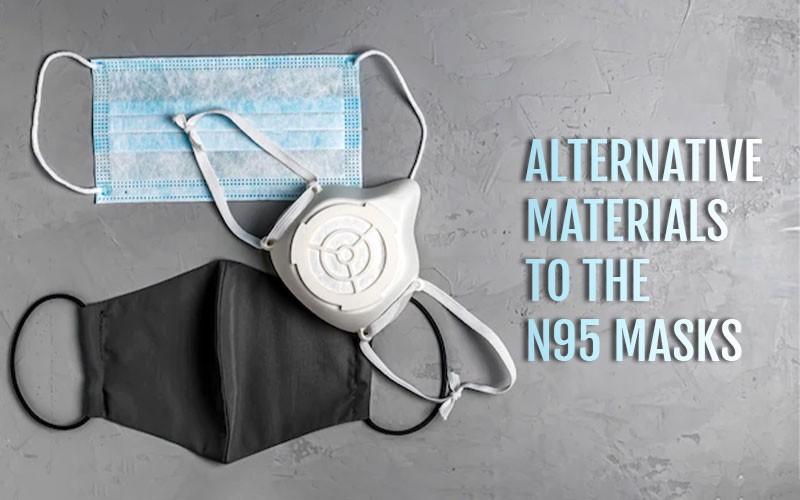Before the advent of the Omicron variant of the Covid-19 pandemic, people had started wearing masks made from different types of materials. Though the best preference has been the N95 mask which is said to be particularly effective in fighting the Covid-19 virus, the people had begun to wearing of masks made from common clothing materials to meet the mandated requirements to wear masks in public.
The supply of n95 masks could not have been adequate to meet the mandated regulation. This made the researchers to begin performing experiments to check the efficacy of these masks made from alternative materials. This research input could have been used by the face mask manufacturers to modify their production lines to meet the high demand with use of the different materials.
The researchers had made a study early on in 2020 wherein they compared the efficacy of easily available face mask materials against N95/FFP2/KN95 masks. To name a few of these, surgical mask, cotton t-shirt, scarf, vacuum cleaner bag, tea towel, linen pillowcase, cotton mix and silk were the materials used for this purpose. For the purpose of study, it was to be known which material is able to reduce the reproduction rate of the virus to less than 1 and is readily available at the same time. In all, six criteria were to be examined-
A) These can be made at home using the available materials
B) Minimum 35% of particles of size 3 μm are filtered
C) Carries a face seal
D) Is breathable
E) Is hydrophobic
F) Can be washed.
Commercial air filter fabric material, which is commonly used in heating, air conditioning and ventilation systems, was one of the foremost contenders for being the best material for face mask manufacturing. This was believed to filter out particles ranging from 0.3 to 10 μm in diameter. 4 ply cotton muslin maks was another material which was able to filter out 77% of size 0–3.3 μm.
Filteration test, Fit test, Pressure test, Hydrophobic test and wash test were the three tests done to check the efficacy of the masks w.r.t. protection from the virus. The results were nothing as compared to the N95 masks. This proved that the N95 still remained the best bet.

